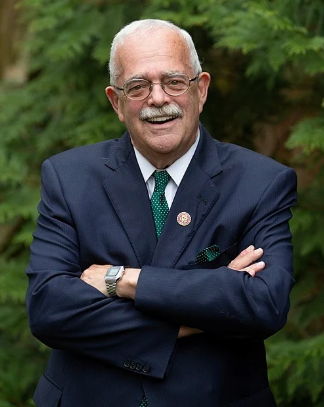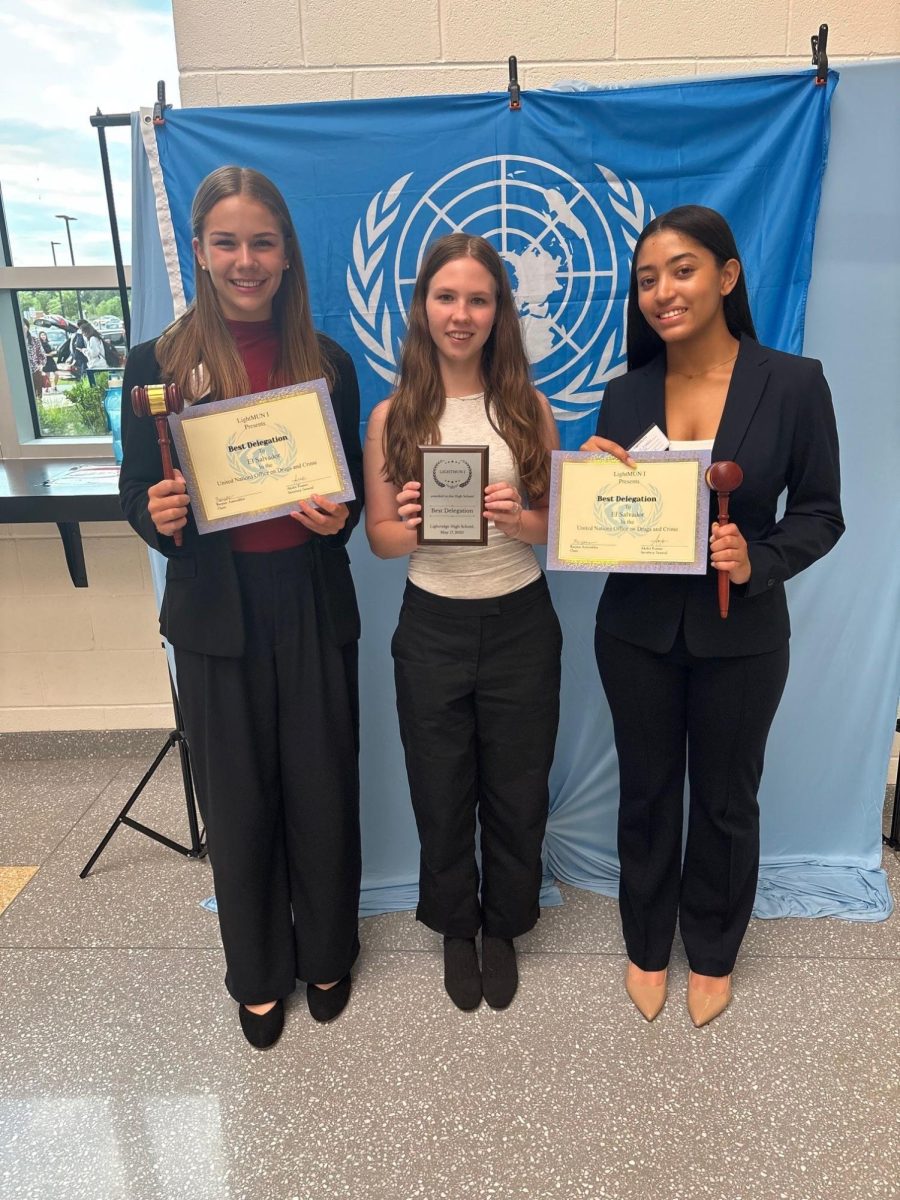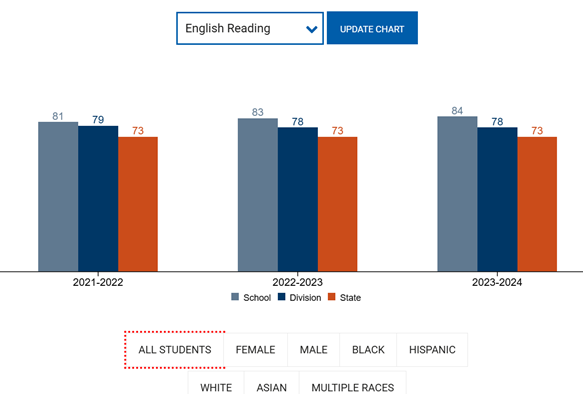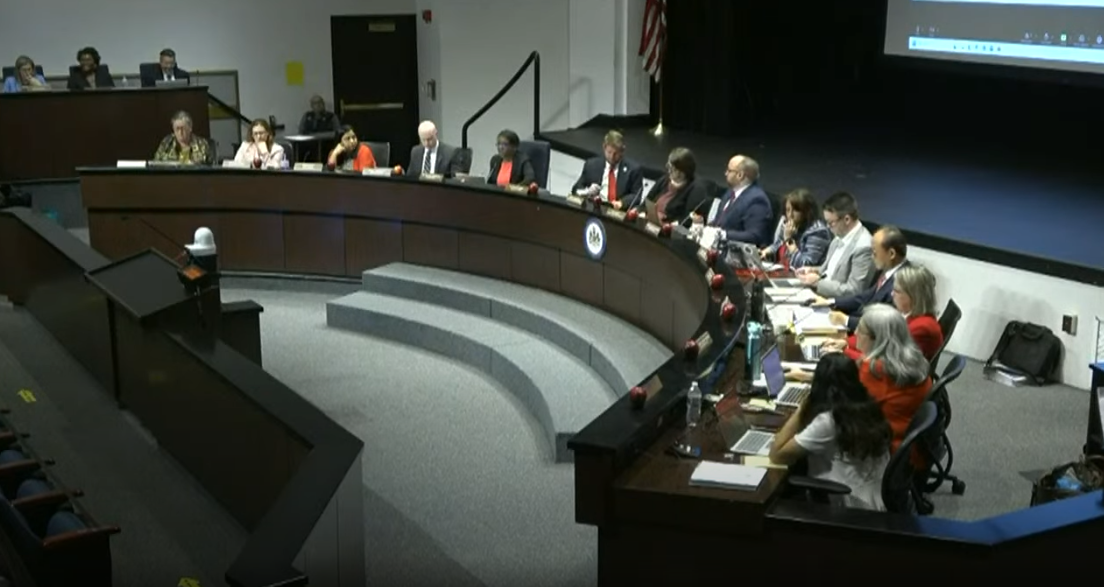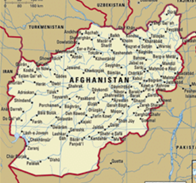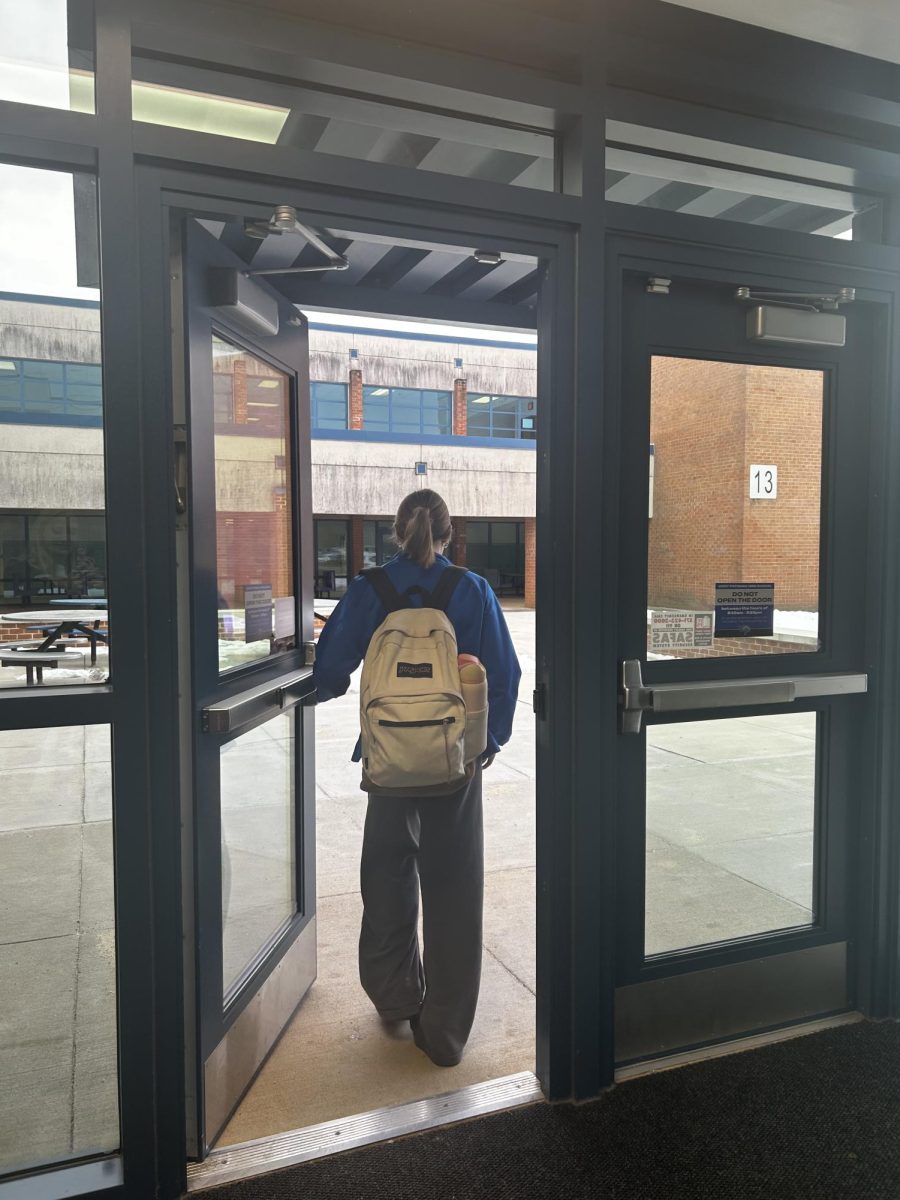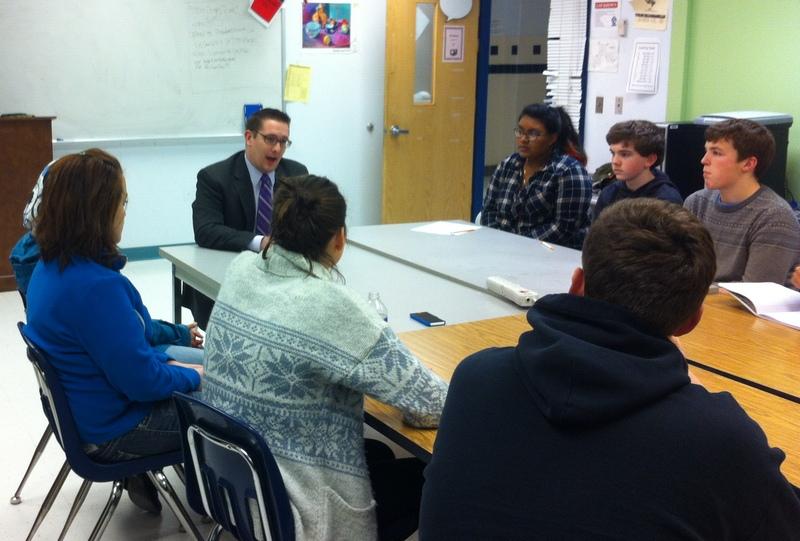School Policy Changes: Rumor or Fact?
Principal Case talks with The Wire to confirm or deny policy changes
Principal Alex Case meets with the staff of The Wire to discuss potential policy changes.
March 18, 2014
“OMG, did you hear? Next year’s freshmen are going to have four years of gym! I hear there’s going to be extra Fine Arts credits added too. Those poor incoming freshmen won’t have an open elective until their SENIOR YEAR! They’re going to fail AP World too, once the school gets rid of World History and Geography. Same with Physics 1. I’m glad we’re not incoming freshmen!”
Rumors like those above have circulated throughout the grapevine of West Potomac’s hallways for years, leading to unneeded stress and even a wild goose chase as students have attempted to root out the truth about possible changes related to available classes and graduation requirements. The most common rumors this year include a four-year gym requirement, one additional fine arts requirement, and the removal of World History, Geography, and Physics 1 from the course offerings list. There has also been talk of the school restricting the number of transfer students, increasing class size, changing to a later school start time, and limiting teachers to assigning no more than 30 minutes of homework per class per week.
The question everyone is asking: how much validity is behind these rumors? In a recent panel interview with The Wire, West Potomac’s newly appointed principal Alex Case answered questions about some of the unsubstantiated information from the grapevine, clarifying what is fact versus rumor and speculation.
Many rumors relate to actions that would be taken by the school as a way to save money, such as increasing the average classroom size or cutting classes from the list of course offerings. It is true that in the 2014-2015 school year there will be an average class size increase of 1 student across the board for all Fairfax County high schools. Case noted that this is a compromise solution in the new proposed budget, and that several other actions will be taken to avoid even higher class size increases.
The largest change will be the likely removal of summer school from West Potomac, an action that will save the school about $100,000, which is the cost of the program after tuition paid by students to attend. Explaining the decision further, Case told the panel “I asked myself: Do I want class sizes [to be] an average of 35 [students] or do we want to take the pain in summer?”
Students who need to recover failed credits will still be able to do so by taking summer school classes at West Springfield High.
As overcrowding becomes more of an issue at West Potomac, there has been talk, especially among transfer students themselves, about possible limitations on the number of transfer students admitted,. Technically, West Potomac is closed to transferring students, yet it has still allowed many transfers from other nearby high schools or students who have moved. “When does it become a real problem,” Case responded, “that we can’t just make up solutions around?” When asked about transfer students and how they affect overpopulation. “When you look at the crowding in the gym lobby or the math hallway, there’s nothing we can do about the size and the width of our hallways…if it comes to it we’re going to have to ask hard questions like, is it appropriate to keep taking student transfers?” He did confirm, however, there will be no immediate changes made to the transfer policy, and regardless of future changes the school will remain open to students already enrolled at West Potomac or with enrolled siblings.
Another source of hallway gossip has been the potential removal of World History and Geography for freshman as well as Honors Physics classes. The state of Virginia requires only three years of History and Social Studies for high school graduation, but West Potomac requires four for an Advanced Diploma. Combining freshmen History with AP World was considered as one cost-cutting method.



